International research

We have many research projects and collaborations on the go at any one time. There have been successes for staff and students in Africa, Ukraine, the USA and we have been developing agricultural research links with Japan.
Our research covers a wide range of subject areas across the globe, the high quality of which has been recognised by the receiving of the Queens Anniversary Prize, and being ranked first in the UK by the Research Excellence Framework for Agriculture, Veterinary and Food Science.
SRUC has also hosted visitors from all parts of the globe, for research collaborations and projects as well as supporting student internships.
In this section
Pasture restoration and greenhouse gas reduction in Brazil
Animal welfare in Chinese pig production
BarkCure. Making the most of bark – as a ruminant
Increased utilisation of orphan crops in developing countries
Improved genetics and greater milk production in sub-Saharan Africa
Lowering greenhouse gas emissions from cattle in sub-Saharan Africa
Dairy breeding goals in sub-Saharan Africa
Constraints to the dairy supply chain in Malawi
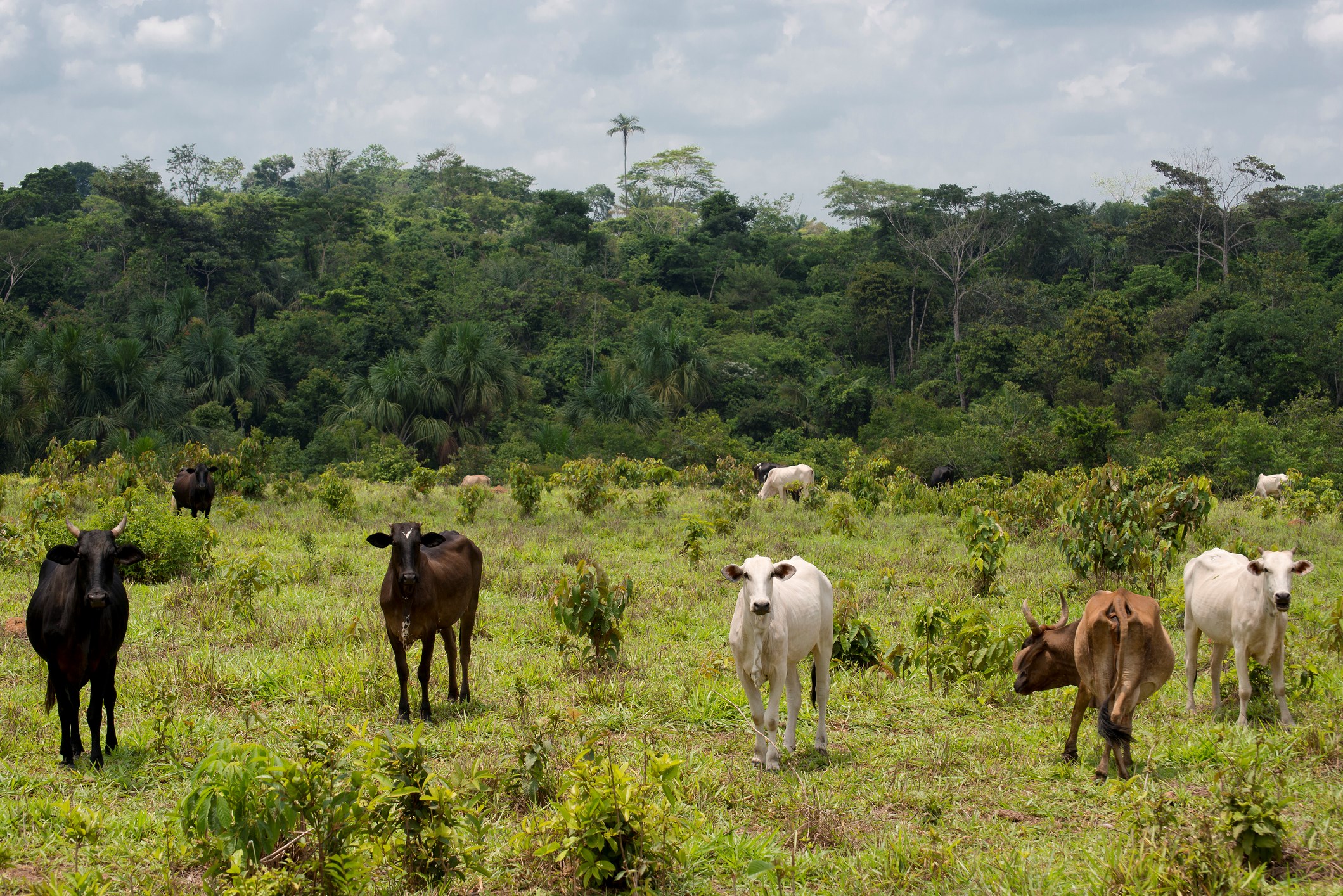
Pasture restoration and greenhouse gas reduction in Brazil
The Challenge
Grazed pastures are an important part of Brazilian beef production, meaning feeding costs are low compared to feedlot systems. At the same time pasture degradation and clearance of natural vegetation, for extensive ranching, compromises the profitability of Brazilian livestock production. To prevent further deforestation associated with extensive production pasture restoration/rehabilitation is a stated policy priority for sustainable agricultural intensification (SAI).
The Research
The SAIN project considers the trade-offs inherent in the need for Brazil to sustainably intensify agricultural production to avoid local and global external costs in terms of greenhouse gas emissions (GHGs) from livestock production, deforestation and associated loss of biodiversity and ecosystem services. The project is based on the development of mathematical models that represent different livestock systems to identify optimal strategies for SAI; for example via minimum cost pasture restoration and avoided deforestation.
The Results
Model results have demonstrated the potential to maintain levels of beef production while minimising GHGs and reducing extensive production and deforestation. Cost-effective analysis shows that key SAI measures, including pasture restoration and on-pasture supplementation present negative cost (i.e. measures that increase profit while reducing emissions).
A counter-intuitive result from the work is that increasing beef production can reduce emissions when livestock is decoupled from deforestation. This is because higher demand can incentivise farmers to restore underutilized pastures, thereby increasing soil organic carbon (SOC) sequestration to an extent that can more than compensate the increased emissions from higher animal numbers.
The Impact
This analysis of pasture restoration was requested by the Brazilian Ministry of Agriculture and formed the basis of the Nationally Determined Contributions (NDC) announced by the President of Brazil at COP21 (Paris Climate Agreement), in 2016. The NDC commits to reduce GHGs by 43% below 2005 levels by 2030, mostly achieved by a target of zero deforestation in the Amazon by 2030.
The project results also contribute to forwarding the global SAI agenda by modelling realistic intensification scenarios. The lessons from the Brazilian case can be applied to similar systems in other countries in Latin America and Africa. Project outputs have been acknowledged by several stakeholders, including the Brazilian Embassy in London, and the second largest Brazilian food processing company MARFRIG.
SRUC Lead: Rafael Silva
Project Funded by: ESRC-Newton Fund
Partner Organisations Involved: Embrapa Agricultural Informatics, Embrapa Soybean, Imaflora
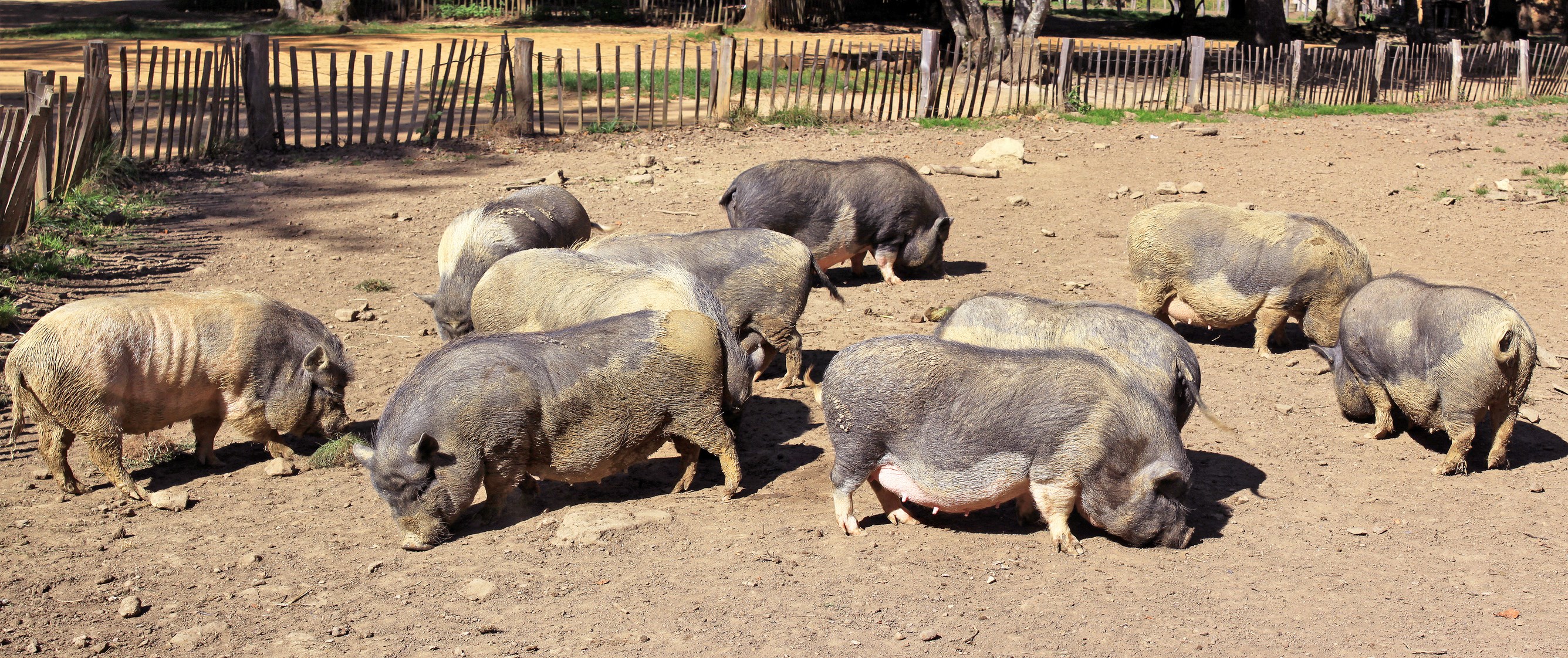
Animal welfare in Chinese pig production
The Challenge
China produces enormous numbers of livestock, including nearly 50 percent of all the pigs and chickens produced in the world. However, although there is increasing commercialisation of livestock production, a great deal of production is by small holders.
In addition, extremely diverse production environments exist, due to the large geographical area, developing economy, and diverse ecosystems including mountains, forest, plains and desert. Good animal welfare practices increase health, productivity and wellbeing of livestock and are thus an essential but as yet under-developed component of meeting China’s production needs.
The Research
The aim of this project is to develop an evidence-informed, effective and practical educational project with the objectives of identifying barriers to improving animal welfare, and developing effective solutions to overcome them, thus improving farm animal welfare in China. The project aims to develop new and build on existing relationships with organisations and universities in China; to engage with Chinese producers and to deliver a series of workshops on topics relevant to Chinese pig production.
As part of this process knowledge gaps, cultural, and economic barriers to animal welfare education across the Chinese livestock industry will be identified. Different delivery methods will be trialled to evaluate their effectiveness in achieving improved knowledge of animal welfare and to consider their ability to bring about behavioural change.
In two scoping visits to China the project has conducted a needs analysis of animal welfare interventions that will improve welfare and productivity in Chinese pig production. Assessments are based on the needs as expressed by pig producers, agencies in China (e.g. International Council for Cooperation in Animal Welfare, Chinese Veterinary Medicine Association, various agricultural universities) and assessments by SRUC staff following visits to pig farms.
Three workshops were then held in May 2018, involving about 100 participants. The focus of these was ways to reduce piglet mortality, heat stress, tail docking and tail biting and improve air quality. Information was collected on producer knowledge/ attitudes before and after the workshops to look at the effectiveness of different knowledge exchange methods. These outcomes are currently being evaluated, and a further trip to Beijing and Hong Kong was undertaken in October 2018.
The Impact
Interest in animal welfare is increasing in China with strong concern for the production of healthy food, alongside an understanding that animal health and welfare can lead to improved production of food that is safe to eat. However, what animal welfare is, and how it can be achieved on farms is still poorly understood. This project will build on our good working relationships with producers and organisations in China to help fill this educational gap and improve the lives of farm animals in China.
For more information visit the Animal Welfare Science site
SRUC Lead: Cathy Dwyer
Project Funded by: Open Philanthropy Project
Partner Organisations Involved: University of Edinburgh, Jeanne Marchig International Centre for Animal Welfare Education
The Research
BarkCure is assessing the potential of condensed tannins (CT) from Norwegian bark, a sawmill byproduct, as a feed additive against gastro-intestine parasites in ruminants. To achieve this the following work will be undertaken:
- Screen bark CT extracts from Norwegian spruce and pine from various seasons and locations for their biological (antiparasitic) activity
- Characterize the chemical composition of CTs with varying bioactivity to elucidate the structure activity relationships
- Evaluate the processing methods used for debarking and their impact on the quality of the bark as a feedstock for extraction of CTs
- Develop a scaleable, environmentally sound process for extraction of CTs
- Verify the antiparasitic activity in ruminants
- Evaluate the value-chain of bark production potential production volumes and further R&D needs for a future commercialization of CT-production
The Impact
Currently most bark is burned as an energy source. The proposed, new, higher-value products from bark could improve by-product value in the wood processing industries and, at the same time, reduce animal production losses through effective parasite control.
This project is cross-disciplinary (including analytical and organic chemistry, veterinary parasitology, animal science, wood science and engineering) and will increase the knowledge of the relationship between the bark composition, structure and biological activity of selected components. At present, the lack of appropriate methods for tannin extraction and isolation is an important barrier to the development of commercial products, e.g. for commercial utilization of CT as a parasite control for ruminants.
Visit http://barkcure.no for more information.
SRUC Lead: Spiridoula Athanasiadou
Project Funded by: Norwegian Research Council
Partner Organisations Involved: Norwegian Centre for Organic Agriculture, Norwegian Institute of Bioeconomy Research, SINTEF Industry, Norwegian Veterinary Institute, Norwegian Institute of Wood Technology, University of Copenhagen
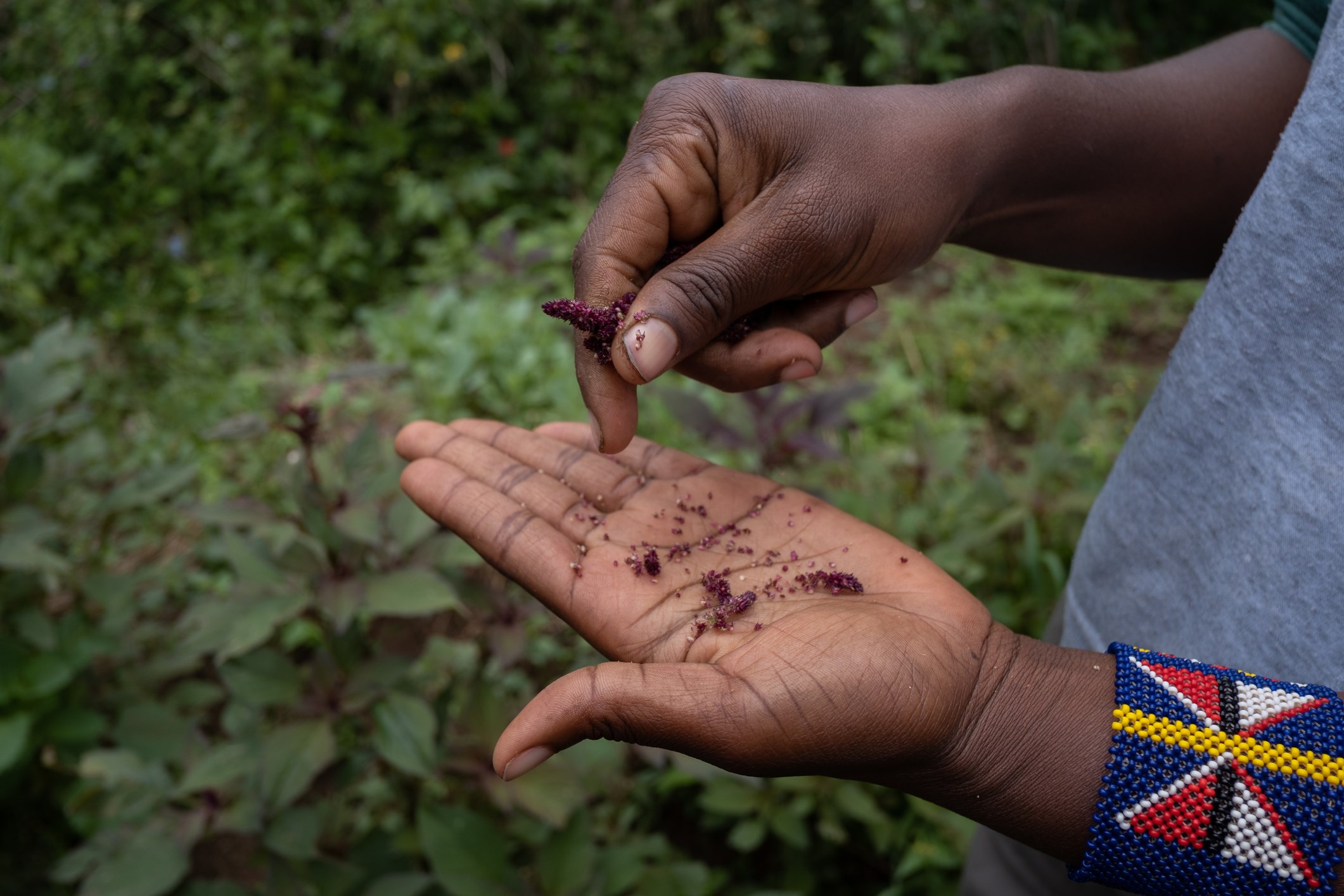
Increased utilisation of orphan crops in developing countries
The Challenge
The Green Revolution focused on increasing yield, primarily of a few staple crops at the expense of research into orphan crops – crops which are regionally important but not world traded. The current strategy focuses on improving the productivity of orphan crops under the assumption that increased crop diversity will bring greater consumption. However, this may not be the case in rural or urban areas where traditional products compete with more attractive processed products.
The Research
The purpose of the project is to more effectively bridge current supply-side research on orphan crops with consumers’ preferences (i.e. the demand side), in order to impact on poverty, health, sustainable growth and food security in developing countries.
Examination of the entire supply chain by social, crop and food scientists will enable the reformulation of popular processed foods using orphan crop ingredients. The project focuses on finger millet and amaranth. Research is in three interrelated work areas: value chain analysis; new ingredients and foods based on orphan crops; and solutions to production constraints.
The Results
Analysis of the role that orphan crops fulfil in Uganda, Tanzania and Malawi diets, using available household surveys is taking place at the moment. The results indicate that these crops, despite their importance, play a small part in the diet.
To increase the impact of any supply initiative, it is important to achieve an increase in consumers interest in the crop (e.g. through innovative products), which would expand demand and willingness to pay for them. There is currently very little use of orphan crops in new products found in Sub-Saharan African markets, so an analysis has been carried out to explore the potential for using orphan crops as ingredients in new products.
The food science aspect of this study has concentrated on laboratory experiments in Edinburgh to identify ingredients that have promising physical characteristics e.g. stability, ease of extrusion and good texture. Our crop science activity is working to identify barriers to the efficient production of the selected orphan crops.
The Impact
The project is still in its beginnings and the full impact is not expected until much later in the project. However, the team has assembled an extensive network for the dissemination of the results.
More information: Project page on Pure
SRUC Lead: Cesar Revoredo-Giha
Project Funded by: BBSRC-GCRF
Partner Organisations Involved: The University of Edinburgh (Edinburgh Complex Fluids Partnership, ECFP)
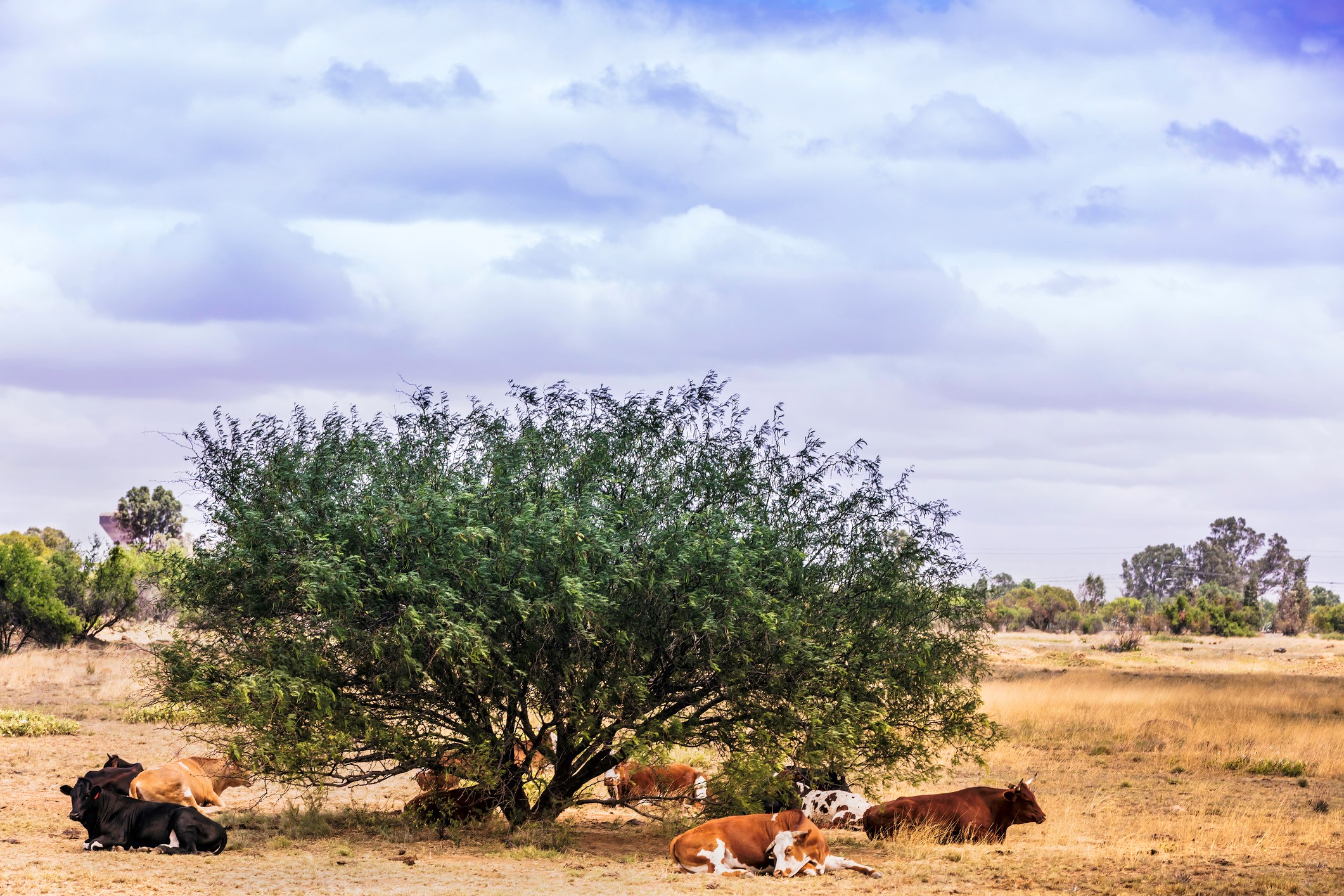
Improved genetics and greater milk production in sub-Saharan Africa
The Challenge
In Sub-Saharan Africa (SSA) dairy production is practised mainly by small-holder farmers. The challenges facing dairying in SSA include limited access to genetic improvement techniques due to inconsistent breeding strategies, poor infrastructure, sub-optimal choices of breeds used for dairy production and poor sire selection policies. There are also limitations both within and across-country genetic evaluations due to inadequate data recording and limited human capacity.
The Research
The hypothesis for this work was that across-country genetic evaluations would provide robust and accurate estimates of sire genetic merit to underpin selection in multiple SSA countries.
The study investigated methods for improving across-country collaborations through (i) the use of a scoping survey involving fifteen countries across Africa, (ii) estimation of genetic parameters and variance components using performance and pedigree data of Holstein-Friesian and Jersey cattle from Kenya, South Africa and Zimbabwe and (iii) prediction of genetic gain for milk production and reproduction traits that could be achieved from across-country selection.
The Results
- An online survey assessed the current state of animal recording, dairy improvement and human capacity in SSA. 70 respondents from 15 SSA countries emphasised the need for increased across-country collaborations.
- Joint analysis of animal performance and pedigree data from three countries demonstrated the feasibility of across-country genetic evaluations. Genetic parameter and breeding value estimates were more accurate than from within-country analyses.
- The predicted genetic gains per generation showed substantial benefits for milk production and reproduction traits from across-country genetic evaluations compared to national (within-country) genetic evaluations. Benefits ranged from 10 to 100%.
The Impact
This research contributes to the knowledge needed for optimising dairy production for effective food security in SSA. It will help to inform dairy farmers on avenues for improved productivity from selecting high-merit bulls for future breeding strategies. Market opportunities from SSA countries (e.g. South Africa), with genetic improvement programmes already in place, will enhance the trade of genetic resources to other countries in SSA.
Dairying would increase the potential to generate employment and income opportunities to small-holder farmers that constitute the vast majority of dairy producers in SSA. In general, there could be opportunities for improvements in the whole dairy supply chain.
SRUC Lead: Oluyinka Abejide, Georgios Banos
Project Funded by: International Strategic Fund (ISF)
Partner Organisations Involved: International Livestock Research Institute (ILRI), Nairobi, Kenya. Agricultural Research Council (ARC), Pretoria, South Africa. Livestock Identification Trust (LIT), Harare, Zimbabwe.
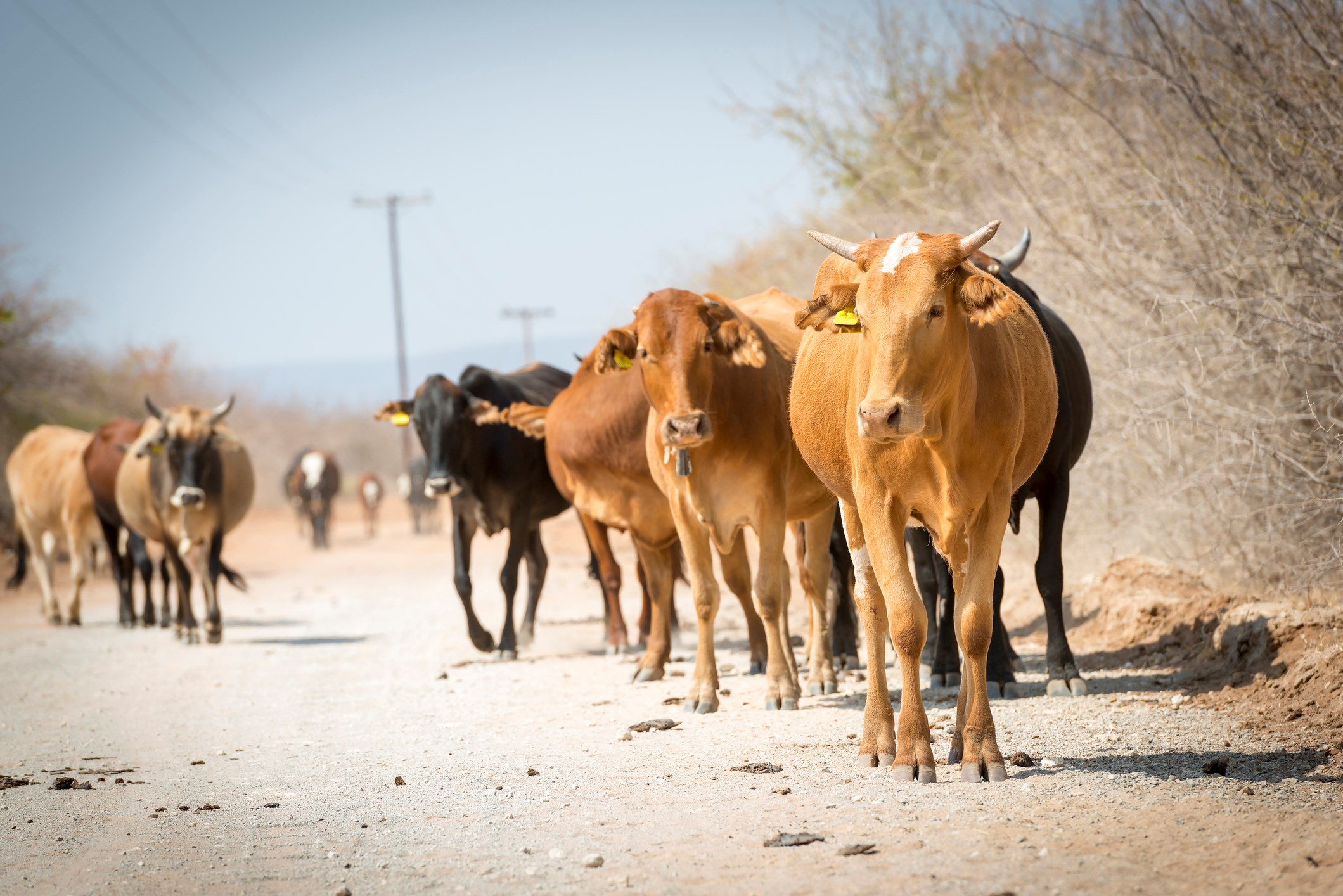
Lowering greenhouse gas emissions from cattle in sub-Saharan Africa
The Challenge
Increasing the production of meat and milk within sub-Saharan Africa (SSA) should provide significant food security benefits, however the resulting increase in greenhouse gas (GHG) emissions presents a challenge, particularly because of the relatively low production efficiencies in the region. One of the factors contributing to production inefficiency is the effect of endemic disease.
The Research
In theory, disease control should improve the productivity and decrease the emissions intensity (EI) of livestock production. In order to test this, the effects of removing trypanosomiasis (one of the main cattle diseases in SSA) were explored in East and West Africa (MacLeod et al. 2016, 2018). The emissions arising from cradle to farmgate were quantified using an excel version of GLEAM, FAO’s Global Livestock Environmental Assessment Model, http://www.fao.org/gleam/en/
The Results
The results indicate that removal of trypanosomiasis in East Africa leads to a reduction in the emissions intensity, per unit of protein produced, of between 2% and 8%. The main drivers of the decrease in emissions intensity are the increases in milk yields and calving rates.
In the West African systems, removal of trypanosomiasis leads to decreases in EI in some systems and increases in others. When the disease is removed more males are kept and used for draft and the reductions in EI are largely offset by the increases in the use of draft animal power (DAP). However, increasing the use of DAP could have a range of benefits not currently captured by the analysis.
The Impact
Animal health is not yet widely seen as an important way of reducing livestock GHGs. This research has been presented and discussed at the Animal Health & Greenhouse Gas Emissions Intensity Network, which seeks to raise awareness of improving animal health as a GHG mitigation measure.
SRUC Lead: Michael MacLeod
Project Funded by: The project was funded by the International Livestock Research Institute under CCAFS, the CGIAR Research Program “Climate Change, Agriculture and Food Security
Partner Organisations Involved: UN-FAO, Oxford
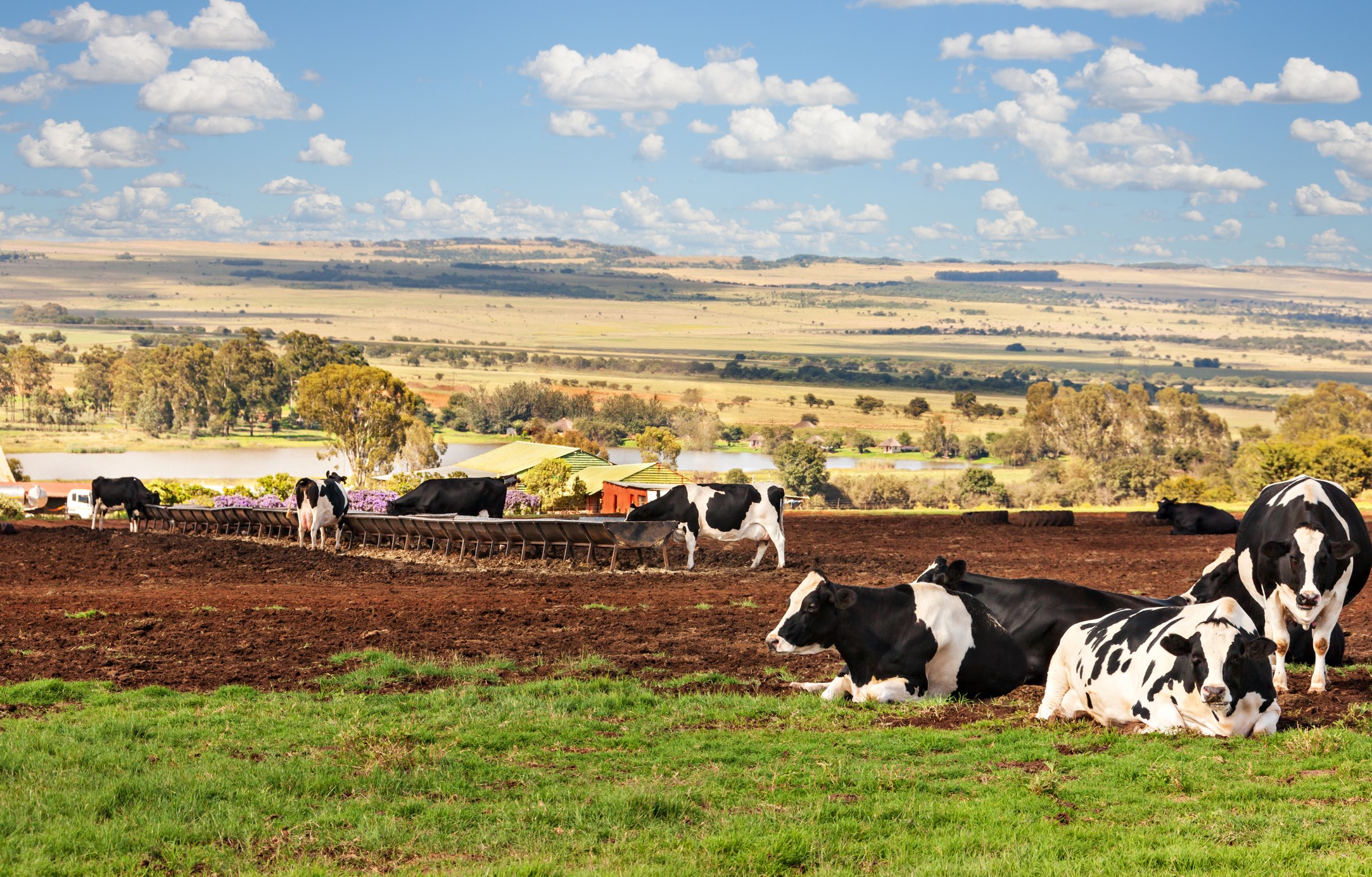
Dairy breeding goals in sub-Saharan Africa
The Challenge
The key decisions with regards to livestock breeding scheme designs in many countries in sub-Saharan Africa (SSA) tend to be either made by government or project-driven, often being short-term, with a focus on upgrading local breeds. As a result, most prior attempts to establish breeding programmes have collapsed due to exhausted funding and changing policies.
The Research
The mismatch between the traits that farmers consider valuable and appropriate in their production environment, and government policies and priorities may lead to non-sustainable breeding programmes. This study investigates the dairy breeding goals and farmer-priority traits for sustainable dairy production in sub-Saharan Africa. It combines both social science and animal genetics to develop a clear understanding of farmers’ priorities and dairy traits required for dairy improvement.
The Results
Preliminary findings show that a bottom-up approach (farmer-led) in breeding scheme design is possible with farmers’ preferred traits included in a breeding programme. These included high milk yield, good fertility, easy temperament, ability to utilise local feed resources and disease resistance. Farmers’ trait preferences were specific to agro-ecological zones and production systems and our work showed that farmers were willing to invest in ways to promote desired traits at affordable prices.
The Impact
The information from this study will be used by farmers, government and other development partners in establishing genetic improvement strategies for the prevailing smallholder dairy production systems in sub-Saharan Africa.
SRUC Lead: Aluna Chawala, Georgios Banos
Project Funded by: Bill and Melinda Gates Foundation
Partner Organisations Involved: Nelson Mandela African Institution of Science and Technology (NM-AIST).
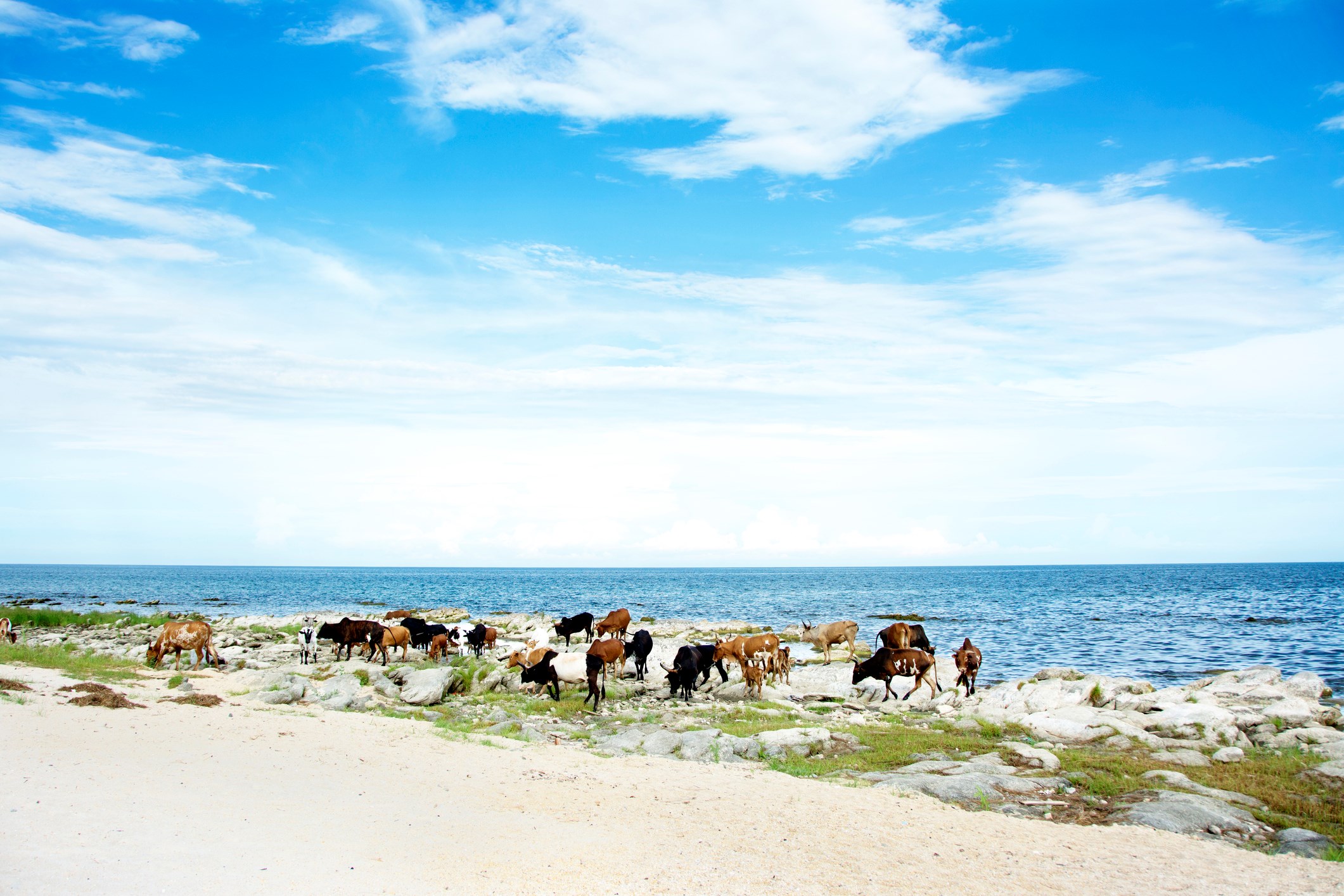
Constraints to the dairy supply chain in Malawi
The Challenge
Fractured supply chains have been identified as a barrier to growth in the agricultural sector. This is particularly true within the African agricultural system.
The Malawian dairy supply chain was selected for the project because it is a key investment sector for the Government of Malawi. Donors, such as USA, Japan and Belgium have focused part of their development aid in this area, but despite this, domestic production response is still unimpressive and large parts of the population do not have access to dairy products of nutritious and safe quality.
The Research
The functioning of the formal dairy supply chain in the country was investigated in order to analyse whether it could be revamped in an effective way to stimulate sector development and increase its contribution to food security and economic growth.
From June 2012 to May 2015, the team collected information about the dairy supply chain. In addition to surveying 460 dairy farmers, they conducted interviews with staff from milk processing plants, milk retailers, managers and members of regional milk bulking groups, government, non-governmental organisations and development partner organisations.
The Results
A range of issues were uncovered, which are affecting performance and further development, indicating that a supply chain policy is essential. Findings revealed that most of the surveyed dairy producers were not operating efficiently. Milk quality also emerged as a key obstacle to sector productivity. In addition, shortcomings in infrastructure for milk processing, storage and collection were found to have important effects on the entire supply chain. Other factors included high marketing margins on dairy products, as processing plants were not working at full capacity, in addition to high retailing margins.
The Impact
This project has created a more up-to-date and comprehensive picture of the Malawian dairy sector. Since the project’s completion, the team have continued to expand their databases on milk collection, and prices paid to producers, by investigating different milk bulking groups in the regions. This information is an excellent indicator of the sector performance.
In 2017, research produced by the team was used in negotiations by stakeholders to persuade the Malawi Revenue Authority (MRA) not to impose a 16.5% VAT on domestic milk, as the burden would be borne disproportionately by the domestic dairy industry, particularly farmers. The MRA went on to eliminate the proposed new tax on milk, citing the effects on the domestic dairy sector as their main reason.
More information: Project page on Pure
SRUC Lead: Cesar Revoredo-Giha
Project Funded by: DFID-ESRC and additional funding from SRUC REG funds
Partner Organisations Involved: Bunda College of Agriculture (Lilongwe University of Agriculture and Natural Resources) and the African Institute of Corporate Citizenship (AICC).
Find out more about our research services

Research services
Our work addresses health and productivity in animals, animal welfare and crops, promotes low carbon farming and increases farm output through efficiency and innovation.

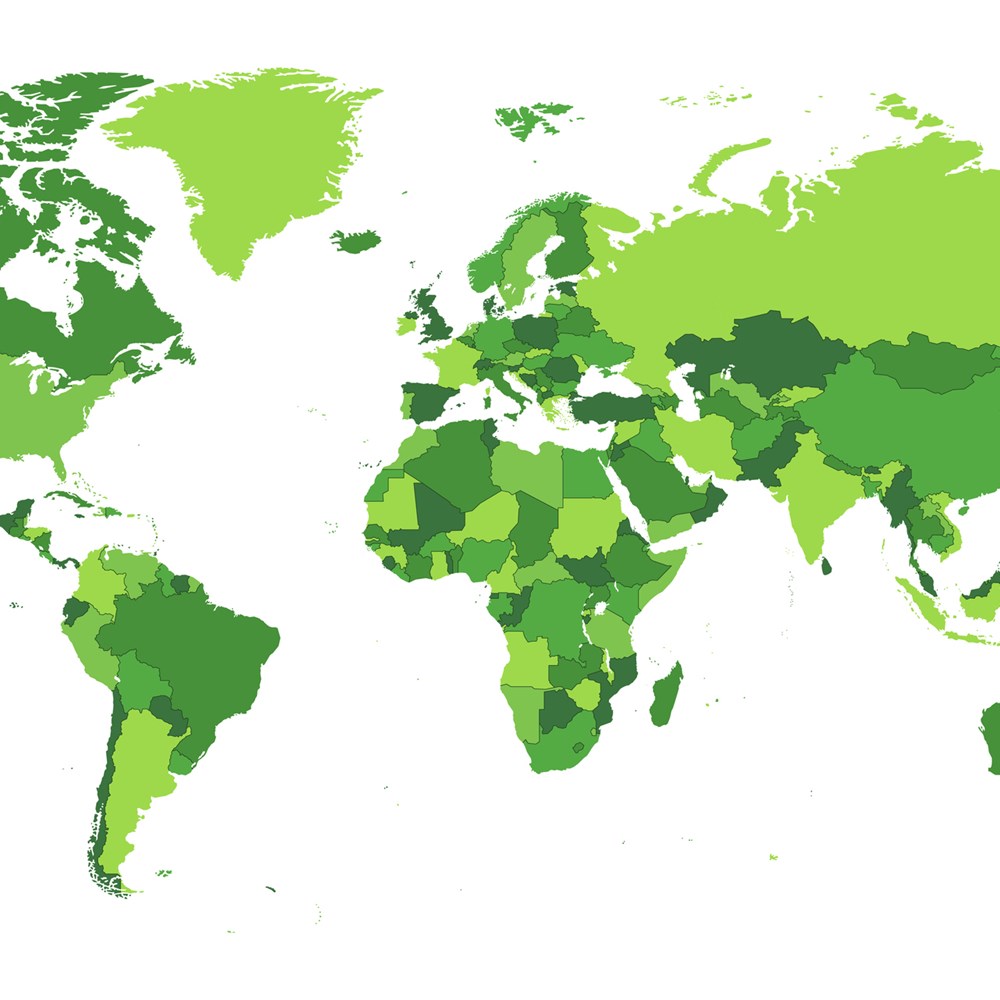
SRUC Pure
For more information on our research experts, collaborations and top research areas across the globe you can visit our Pure website.

